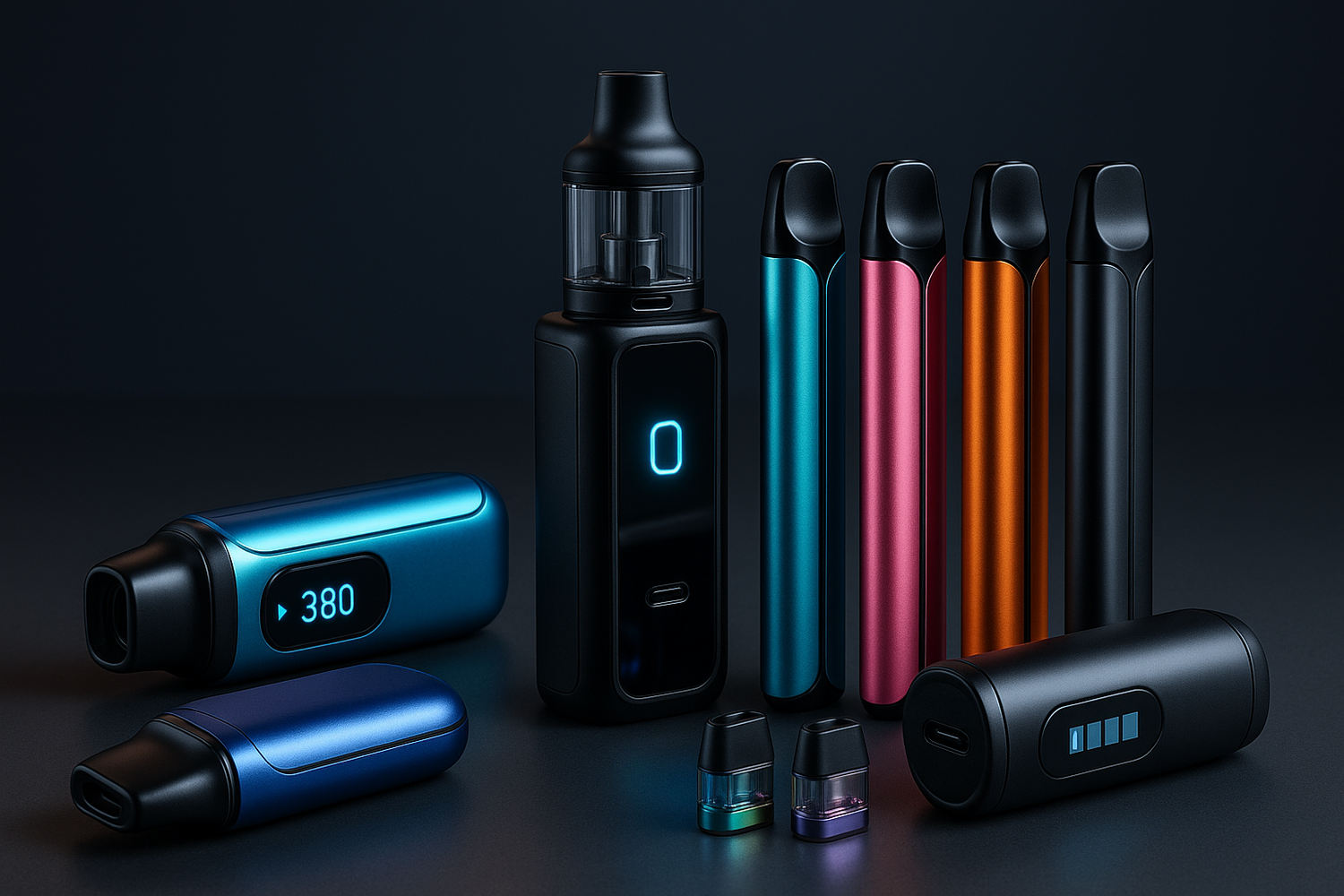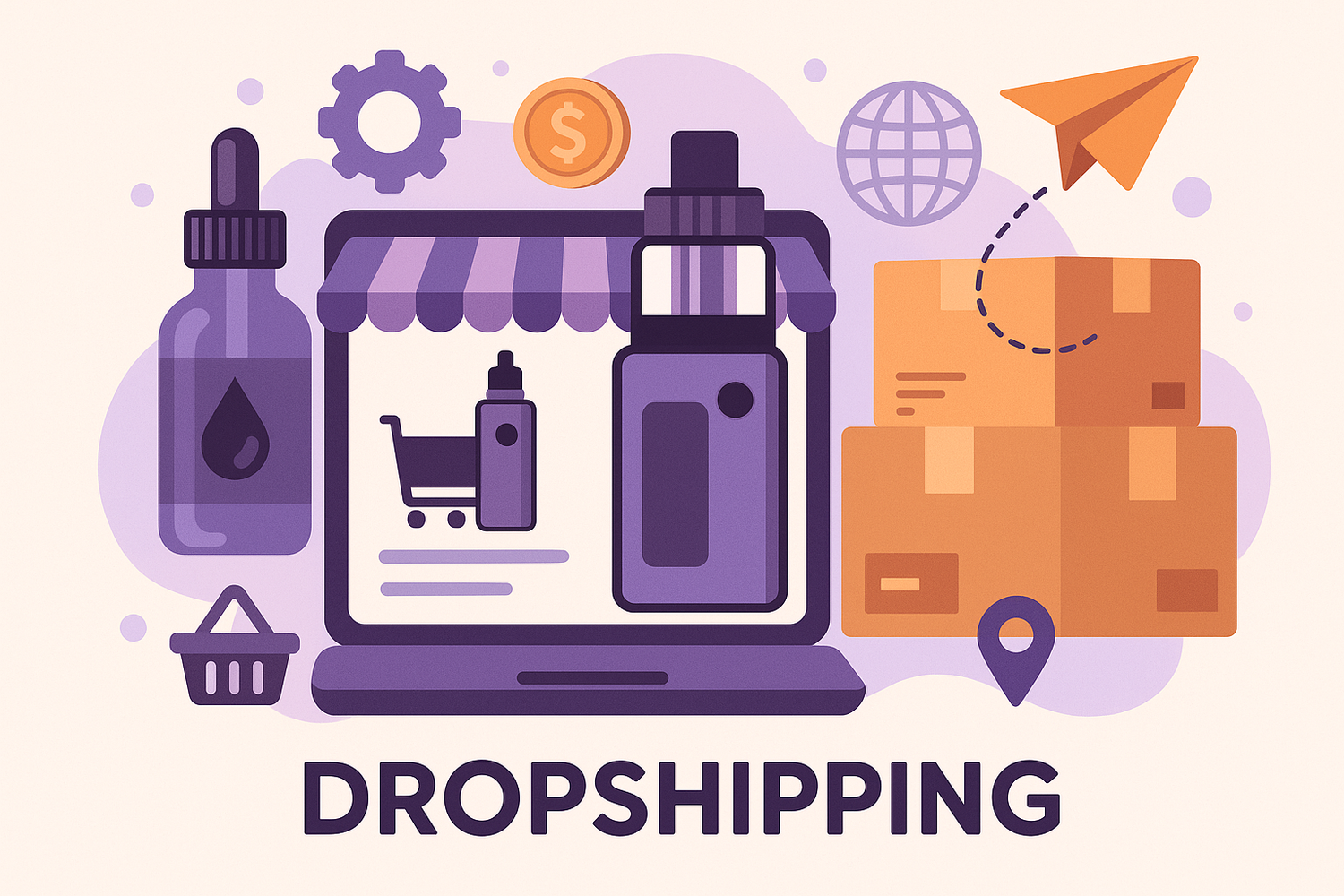The vaping industry continues to show remarkable growth, with the global market expected to reach $182.84 billion by 2030. For entrepreneurs looking to enter this lucrative market, opening a vape shop presents an exciting opportunity. However, success requires careful planning, proper execution, and reliable partnerships.
Market Analysis: Why Now Is the Perfect Time
The vaping industry has matured significantly, moving beyond early adoption phases into mainstream acceptance. Key market drivers include:
- Smoking cessation trends: More adults are turning to vaping as an alternative to traditional cigarettes
- Product innovation: Advanced devices and diverse flavor profiles attract new customers
- Regulatory clarity: Clearer regulations provide a more stable business environment
- Recurring revenue model: Consumable products like e-liquids and coils ensure repeat customers
Essential Startup Costs and Budgeting
Starting a vape shop requires careful financial planning. Here's a realistic breakdown:
Initial Investment Range: $50,000 - $150,000
- Inventory: $20,000 - $40,000
- Store fixtures and displays: $10,000 - $25,000
- Licensing and permits: $2,000 - $5,000
- Insurance: $3,000 - $6,000 annually
- Marketing and signage: $5,000 - $15,000
- Working capital: $10,000 - $20,000
Pro Tip: Partnering with a wholesale supplier that offers membership programs can significantly reduce your initial inventory costs. A $100 annual membership can save thousands on your first order alone.
Must-Have Product Categories
Your product mix should cater to different customer segments:
Beginner-Friendly Products (40% of inventory)
- Pod systems and starter kits
- Pre-filled cartridges
- Simple e-liquids with popular flavors
Intermediate Products (35% of inventory)
- Sub-ohm tanks and mods
- Premium e-liquids
- Replacement coils and accessories
Advanced Products (25% of inventory)
- Rebuildable atomizers
- High-end mechanical mods
- DIY supplies and tools
Regulatory Compliance: Non-Negotiable Requirements
Federal Requirements:
- FDA registration for tobacco retailers
- Age verification systems (21+ in all states)
- Proper product labeling and warnings
- Record keeping for inspections
State and Local Requirements:
- Business licenses and permits
- Tobacco retailer licenses
- Sales tax registration
- Zoning compliance
- Fire department approvals
Location Selection: The Make-or-Break Decision
Ideal Location Characteristics:
- High foot traffic areas
- Proximity to complementary businesses (not competing tobacco shops)
- Adequate parking
- Compliance with local zoning laws
- Reasonable rent (aim for less than 10% of projected revenue)
Avoid These Locations:
- Within 1,000 feet of schools (check local regulations)
- Areas with restrictive vaping ordinances
- High-crime neighborhoods
- Locations with poor visibility
Building Supplier Relationships
Your success depends heavily on reliable wholesale partners. Look for suppliers offering:
- Competitive pricing with volume discounts
- Consistent product availability
- Fast shipping and reliable delivery
- Product authenticity guarantees
- Marketing support and training
Membership-based wholesale programs often provide the best value, offering significant discounts in exchange for annual commitments.
Marketing Strategies That Work
Digital Marketing:
- SEO-optimized website with e-commerce capabilities
- Social media presence (following platform guidelines)
- Email marketing for promotions and new products
- Google Ads (where permitted)
Local Marketing:
- Grand opening events
- Loyalty programs and referral incentives
- Community involvement and sponsorships
- Cross-promotions with complementary businesses
Inventory Management Best Practices
Key Principles:
- Track fast-moving vs. slow-moving products
- Maintain 30-60 days of inventory for popular items
- Implement first-in, first-out rotation
- Regular inventory audits
- Seasonal planning for flavor preferences
Technology Solutions:
- Point-of-sale systems with inventory tracking
- Automated reorder alerts
- Sales analytics and reporting
- Customer purchase history tracking
Financial Projections and Success Metrics
Realistic First-Year Expectations:
- Monthly revenue: $15,000 - $40,000
- Gross margin: 40-60%
- Break-even timeline: 6-12 months
- Customer acquisition cost: $10-25
Key Performance Indicators:
- Average transaction value
- Customer retention rate
- Inventory turnover
- Gross margin by product category
Common Pitfalls to Avoid
- Insufficient working capital: Always maintain 3-6 months of operating expenses
- Poor location choice: Don't compromise on location to save rent
- Inadequate insurance: Protect against product liability and business interruption
- Ignoring regulations: Stay current with changing laws and requirements
- Weak supplier relationships: Diversify suppliers to avoid stock-outs
Your Next Steps
Starting a successful vape shop requires dedication, proper planning, and the right partnerships. Begin by:
- Researching local regulations and requirements
- Securing adequate funding
- Finding the perfect location
- Establishing relationships with reliable wholesale suppliers
- Developing a comprehensive marketing plan
Ready to take the next step? Consider partnering with established wholesale suppliers who understand the industry and can provide the support you need to succeed.




